Introduction
“Is the trumpet the king of instruments, or is it just another brass in the band?” The trumpet often gets overshadowed by its orchestral counterparts. Yet, its unique blend of power and delicacy makes a strong case for it as a standout star. The trumpet has deep historical roots. It has played a pivotal role in shaping genres like jazz and classical music. The trumpet’s story is indeed worth telling.
In this blog, we’re diving into the world of trumpets. We’ll uncover their fascinating evolution and the secrets behind choosing the right one. We’ll also explore how anyone can master this versatile instrument. Expect practical tips and inspiring stories. You’ll gain a deep appreciation for the trumpet’s enduring charm. Let’s embark on a musical journey. It promises to elevate your understanding and, maybe, just maybe, convince you of the trumpet’s royal status in the world of music.
The Fascinating History of Trumpets
Origins of Trumpets: From Ancient Rituals to Symbols of Power
Long before the trumpet became a staple in orchestras and jazz bands, ancient civilizations were making the first versions. They used animal horns and shells. Imagine the haunting sounds echoing through ancient Egypt’s valleys or the battlefields of Greece. In these places, trumpets were more than musical instruments. They were vital tools for communication in religious ceremonies and military campaigns. These early trumpets, without valves or keys, showed mankind’s deep desire to amplify their voice and connect over distances.
As we move through the medieval and Renaissance periods in Europe, the trumpet starts to evolve. It changed from a simple signal instrument to a symbol of nobility and power. This era was marked by the trumpet’s call, announcing the start of royal events or the arrival of a king. The trumpet’s rich, resonant tones became linked with authority and prestige. This made it a valued treasure among the aristocracy.
Evolution of Trumpets: The Baroque Breakthrough
The Baroque period marked a significant turning point in the history of trumpets. Innovators of the time introduced the slide and later, valves, revolutionizing the instrument’s capabilities. These advancements allowed trumpeters to play a wider range of notes, making the trumpet more versatile and expressive than ever before. Picture the ornate courts of the 17th century, where the improved trumpet dazzled audiences with its newfound musical range, adding depth and drama to operas and symphonies.
The classical and romantic periods further shaped the trumpet’s design and repertoire, paving the way for the modern piston-valve trumpet we know today. Composers began to explore the instrument’s potential, incorporating it into their works in ways that showcased its dynamic range and emotional depth. The trumpet was no longer just a ceremonial or military instrument but a key player in the orchestral landscape.
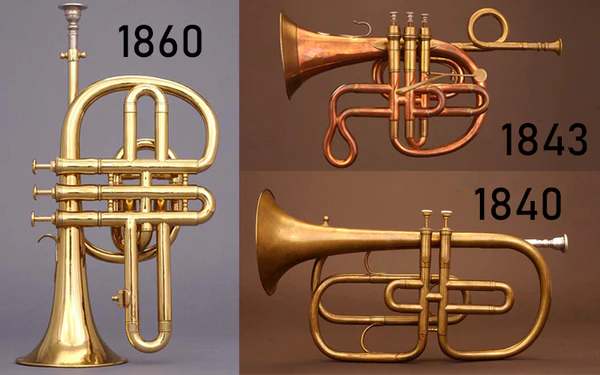
Trumpets in the Modern Era: Jazz and Beyond
The 20th century opened a new chapter for the trumpet, especially in jazz. The trumpet played a central role in jazz’s birth and evolution. Icons like Louis Armstrong and Miles Davis did more than just play the trumpet. They poured their souls into it. They used their voices to express life’s joys, sorrows, and complexities. Their mastery and innovation brought the trumpet to jazz’s forefront. This transformed it into a symbol of musical freedom and creativity.
But the trumpet’s journey didn’t stop with jazz. Contemporary music continues to showcase its versatility across genres, from the intricate passages of classical compositions to the catchy hooks of pop songs and the experimental sounds of electronic music. The trumpet has proven time and again that it can adapt and thrive, reflecting the ever-changing landscape of music.
Through its rich history, the trumpet has remained a constant source of fascination and inspiration. Its ability to convey the deepest emotions and connect with audiences on a personal level is unmatched. Whether in the hands of a Baroque master, a jazz legend, or a modern-day musician, the trumpet continues to captivate and enchant us with its powerful voice and timeless allure.
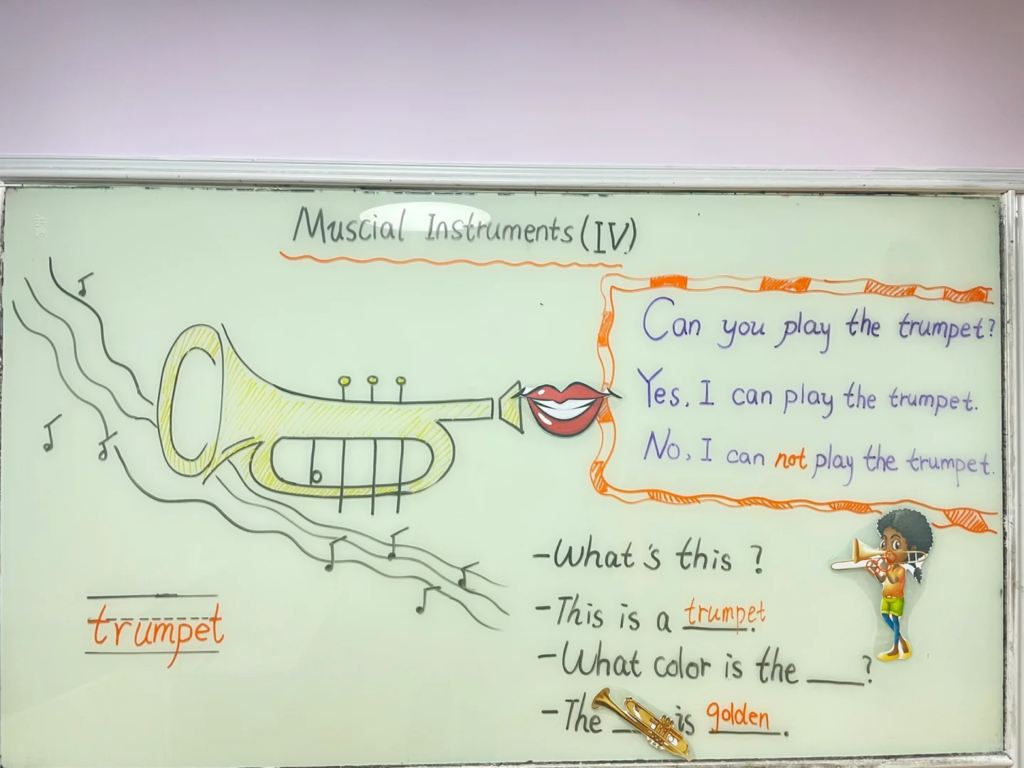
Types of Trumpets and How to Choose the Right One
Navigating the world of trumpets can be as exhilarating as it is daunting, especially with the variety of types available. Each trumpet possesses unique characteristics that cater to different musical genres and player preferences. Let’s dive into the most common types and how to select the perfect match for you.
B♭ Trumpet: The Versatile Standard
The B♭ trumpet reigns as the most popular choice among both students and seasoned professionals. Known for its warm, rich tone, this trumpet is a staple in ensembles, jazz bands, and solo performances. Its versatility shines across a broad spectrum of music genres, from the intricate melodies of classical music to the soulful grooves of jazz and beyond. The B♭ trumpet’s adaptability and ease of play make it an ideal starting point for beginners, offering a solid foundation on which to build their musical journey.
C Trumpet: The Orchestral Favorite
Stepping into the orchestral scene, the C trumpet emerges with its brighter tone and slightly higher pitch. This trumpet is a favorite among classical musicians, particularly for its ability to blend seamlessly with other instruments in an orchestra. Its precise intonation and clear, penetrating sound make it the go-to choice for symphonic works, where every note counts. The C trumpet challenges players to refine their skills, offering a rewarding experience for those who master its nuances.
Piccolo Trumpet: The Specialist’s Choice
The piccolo trumpet, with its high pitch and distinctive sound, is a specialist instrument primarily used in Baroque music and certain contemporary pieces. Its smaller size and higher register demand a level of precision and control that can be challenging for beginners but rewarding for advanced players. The piccolo trumpet’s unique timbre brings a brilliant sparkle to performances, making it a cherished instrument for specific repertoire.
Guide to Choosing Your Trumpet
Selecting the right trumpet is a personal journey that depends on your musical style, level of experience, and budget. Here are some practical tips to guide you:
- Assess Your Musical Preferences: Consider the genres you’re most interested in playing. A B♭ trumpet offers versatility, while the C trumpet suits classical enthusiasts, and the piccolo trumpet appeals to those with a love for Baroque.
- Try Before You Buy: Spend time playing different trumpets. Notice how each one feels and sounds. What works for one musician may not suit another.
- Seek Professional Advice: Consult with teachers or experienced players. Their insights can help you make an informed decision that aligns with your goals.
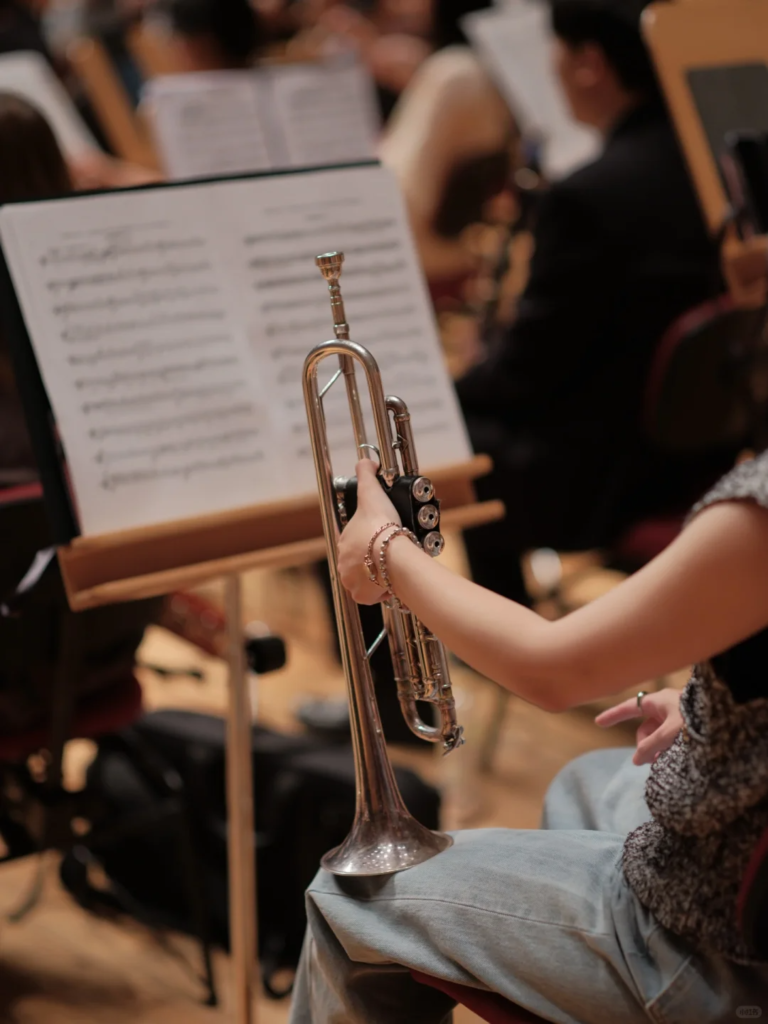
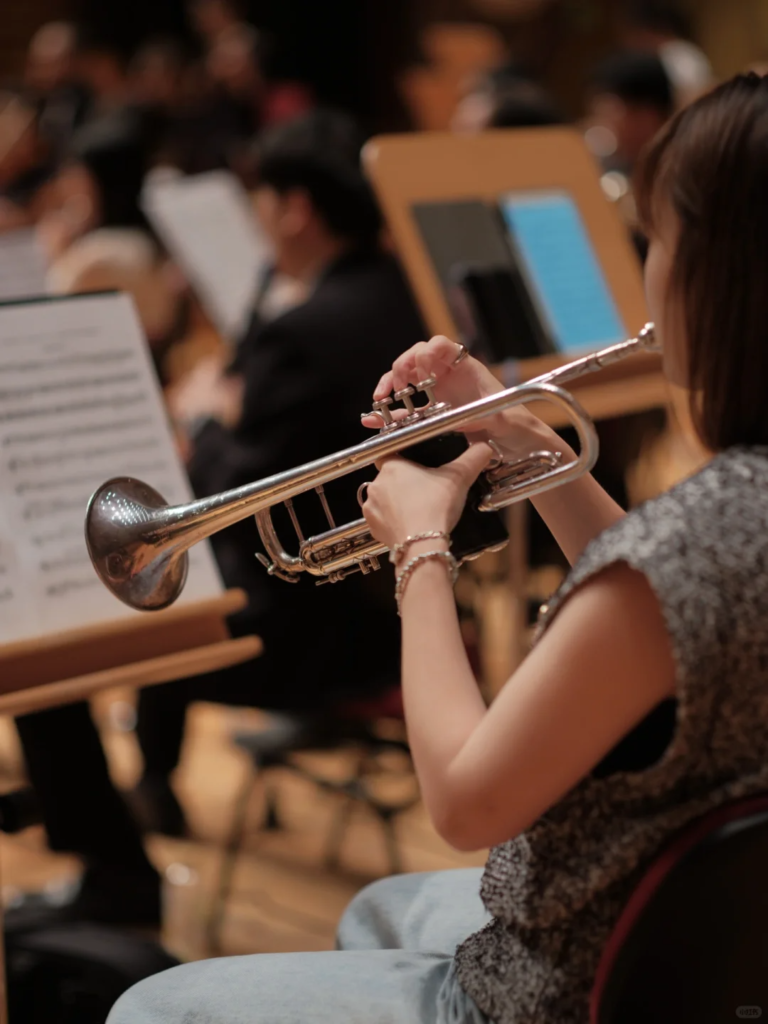
Case Study: A Beginner’s Choice
Let’s consider the case of Alex, a beginner eager to dive into the world of trumpet playing. Alex started by attending local music stores, trying out various B♭ trumpets under the guidance of store professionals and his music teacher. He was looking for an instrument that felt comfortable to hold and play, with a sound that resonated with him. After several visits, Alex settled on a B♭ trumpet known for its durability and warm tone, ideal for a beginner keen on exploring different music styles. This choice marked the beginning of Alex’s musical adventure, illustrating the importance of personal preference and practical considerations in selecting the right trumpet.
Choosing a trumpet is more than just picking an instrument; it’s about finding your voice in the music world. Whether you’re drawn to the versatility of the B♭ trumpet, the orchestral brilliance of the C trumpet, or the specialized charm of the piccolo trumpet, your choice should reflect your musical aspirations and personal journey.
Mastering the Basics: How to Play the Trumpet
Embarking on the journey to master the trumpet begins with understanding and practicing the fundamental techniques. These foundational skills are the bedrock upon which all advanced trumpet playing is built. Let’s dive into the essentials of producing sound, the magic of valve combinations, and tips to make practice both effective and enjoyable.
Fundamental Techniques for Trumpet Playing
Breath Control: The power behind every note on the trumpet comes from controlled breathing. Think of your breath as the fuel for your trumpet’s engine. To start, practice taking deep, diaphragmatic breaths, filling your lungs from the bottom up, and then releasing the air steadily as you play. This technique ensures a strong, consistent sound.
Embouchure Formation: Your embouchure, or the way you shape your mouth and lips when playing, is crucial. Aim for a firm but relaxed formation, with the corners of your mouth tight and the center allowing the air to flow freely. It’s like blowing a focused, controlled stream of air through a small aperture to create vibrations.
Maintaining Good Posture: Good posture is not just about looking the part. Standing or sitting straight, with shoulders relaxed and the trumpet held at a slight angle, allows for optimal breathing and, consequently, better sound production. Imagine a string pulling you up from the top of your head, aligning your body for peak performance.
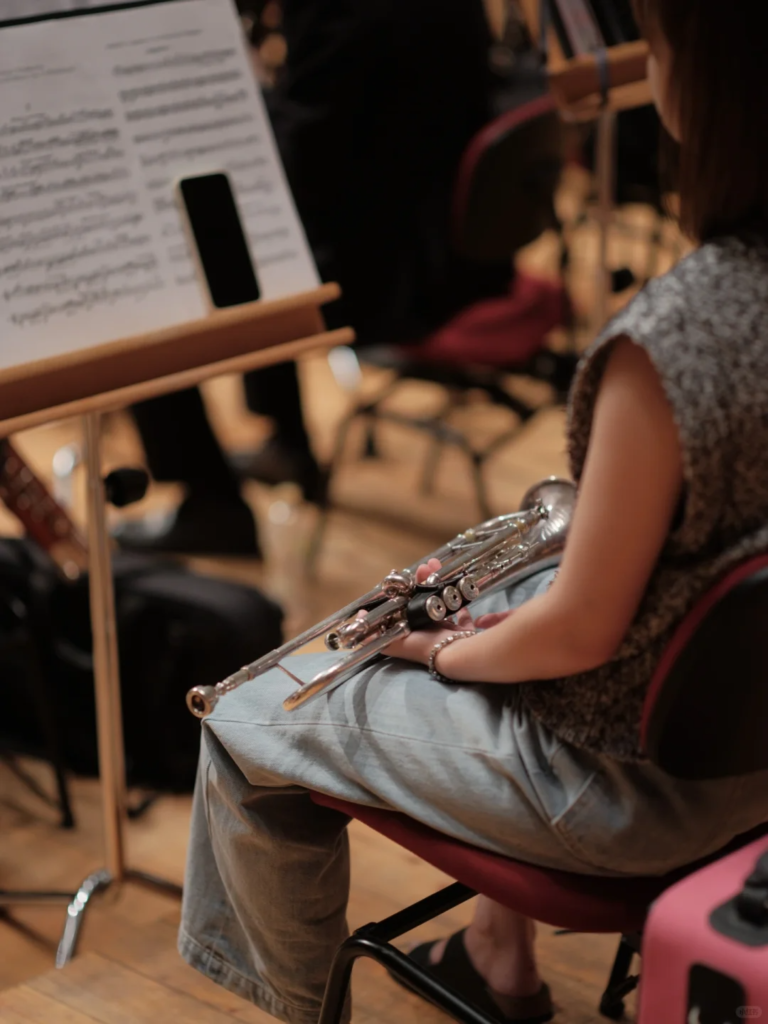
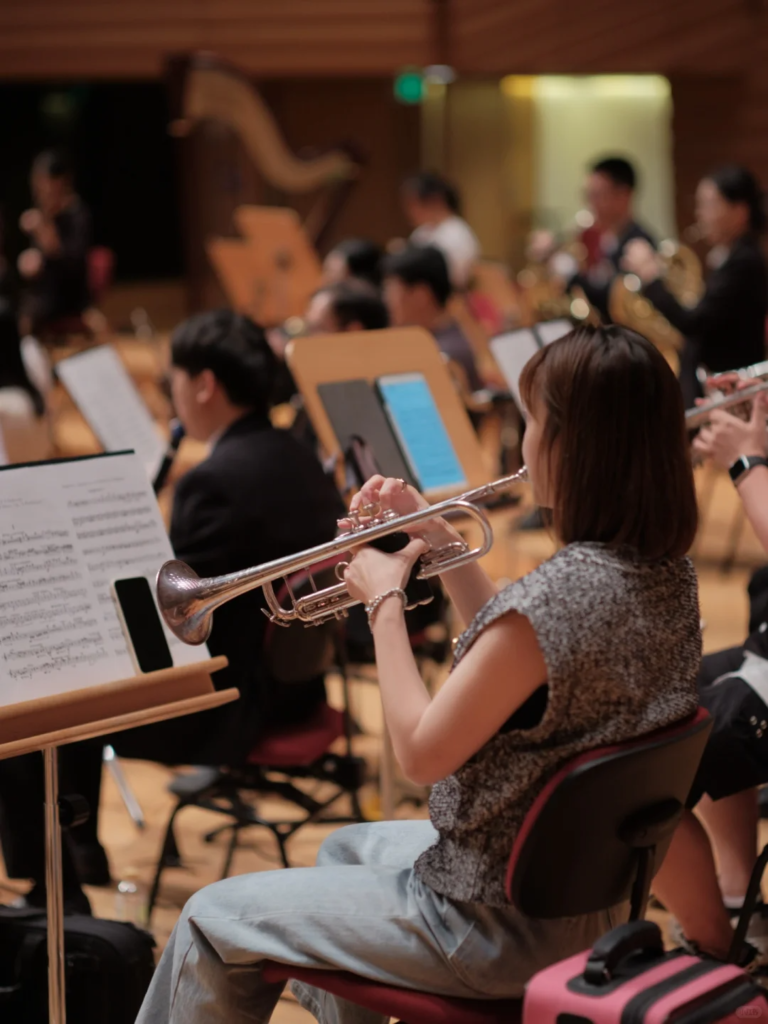
Basic Fingerings and Valve Combinations for Trumpets
The trumpet has three valves, each of which alters the pitch by changing the length of the air path through the instrument. By pressing down different combinations of these valves, you can produce all the notes available on the trumpet. Here’s a basic guide to understanding these combinations:
Understanding Valve Mechanics and Note Production
- Open (no valves pressed): This position allows air to flow through the trumpets without any additional length from the valves, producing the trumpet’s natural harmonic series, which includes notes like C (below the staff), G, C (middle of the staff), E, G (above the staff), and higher.
- 1st Valve: Pressing the first valve lowers the pitch by a whole step. It adds length to the air path, lowering the notes accordingly. For example, pressing the 1st valve turns a C into a B♭, and a G into an F.
- 2nd Valve: The second valve lowers the pitch by a half step. It’s used for fine adjustments and in combination with other valves to reach certain notes. Pressing the 2nd valve turns a C into a B, and a G into an F♯.
- 3rd Valve: This valve lowers the pitch by one and a half steps. It’s often used in combination with other valves to facilitate easier fingerings for certain notes. Pressing the 3rd valve turns a C into an A, and a G into an E.
- 1st and 2nd Valves: Using these two valves together lowers the pitch by one and a half steps, similar to the 3rd valve alone but with a slightly different tuning. This combination is useful for notes like A♭ and E♭.
- 1st and 3rd Valves: This combination lowers the pitch by two whole steps. It’s used for notes that are two steps below the open harmonic series, such as turning a C into an A or a G into an E.
- 2nd and 3rd Valves: Pressing these valves together lowers the pitch by two whole steps, useful for playing notes like A and E (below the staff).
- 1st, 2nd, and 3rd Valves: Using all three valves together lowers the pitch by two and a half steps. This combination is less common but necessary for reaching the lowest notes on the trumpets, such as F♯ (below the staff).
Practice Tips for Effective Learning
Long Tones for Tone Quality: Start your practice sessions with long tones, holding each note steadily to improve your tone quality and breath control. This exercise helps in developing a rich, full sound.
Use a Metronome: Rhythm and timing are as important as hitting the right notes. Practicing with a metronome helps you develop a keen sense of timing, an essential skill for any musician.
Incorporate a Variety of Materials: Keep your practice sessions engaging by mixing scales, etudes, and simple melodies. This variety not only keeps boredom at bay but also challenges different aspects of your playing, from technical proficiency to musical expression.
A Sample Practice Routine for Beginners
- Warm-Up (10 minutes): Start with breathing exercises, followed by long tones, focusing on steady breath control and tone quality.
- Technical Studies (15 minutes): Practice scales and simple finger exercises to work on valve combinations and agility.
- Repertoire Work (15 minutes): Work on a piece of music that challenges you slightly but is enjoyable to play. Focus on musicality and expression.
- Cool Down (5 minutes): End with gentle, long tones, gradually lowering the pitch to relax your embouchure and muscles.
Remember, the key to progress on the trumpet is consistency and focused practice. Set realistic goals for each session and track your progress over time. Celebrate the small victories, like mastering a new note or playing a piece from start to finish. With patience and perseverance, the world of trumpets playing will open up to you in all its glory.
Keeping Your Trumpets in Top Condition: Maintenance and Care
Ensuring your trumpet remains in pristine condition is crucial for its longevity and your continued enjoyment of playing. Regular maintenance not only preserves the instrument’s appearance but also its sound quality. Here’s a comprehensive guide to routine cleaning and troubleshooting common issues.
Routine Cleaning: A Step-by-Step Guide
Daily Maintenance:
- Mouthpiece Cleaning: After each use, remove the mouthpiece and rinse it with warm water. Use a mouthpiece brush to remove any residue. Dry thoroughly before reattaching.
- Valve and Body Wipe Down: With a soft, lint-free cloth, gently wipe the exterior of the trumpets and valves to remove fingerprints and oils, which can corrode the finish over time.
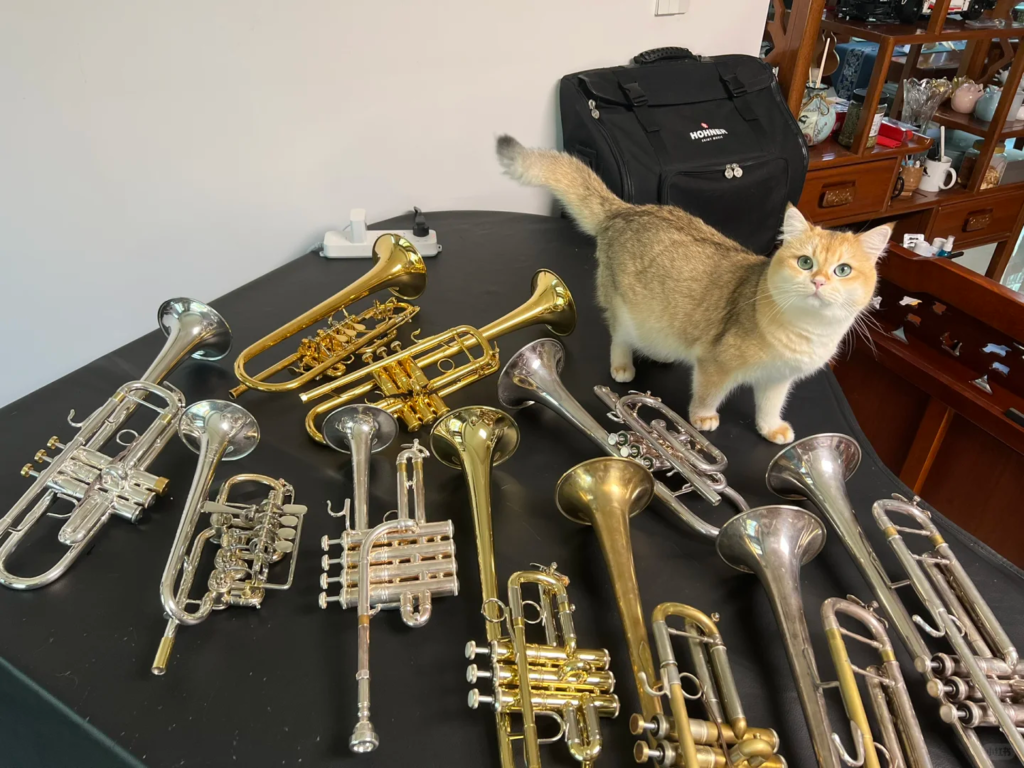
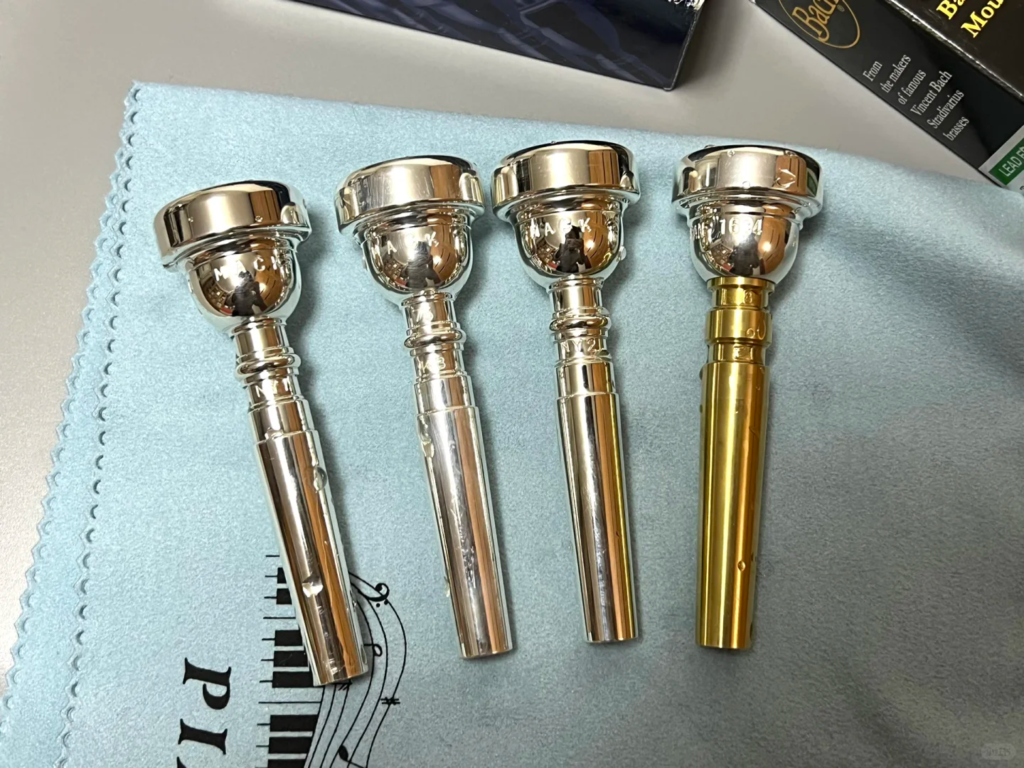
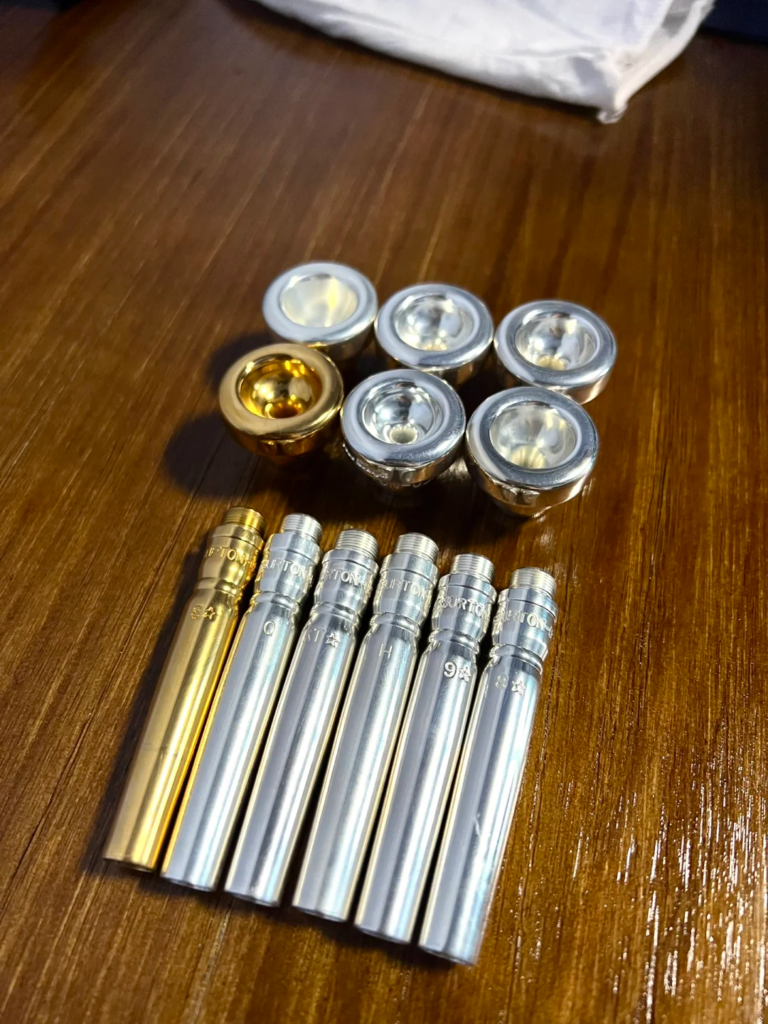
Weekly Maintenance:
- Valve Cleaning:
- Carefully remove the valves, noting their order.
- Use a valve brush and mild soapy water to clean each valve. Rinse thoroughly with clean water.
- Dry each valve completely and apply valve oil before reassembling.
- Tubing Flush:
- Disassemble the trumpets, removing slides and valves.
- Use a flexible cleaning snake to gently scrub the interior of each tube with soapy water. Rinse with clean water.
- Dry the interior with a soft cloth fed through the cleaning snake, then reassemble the trumpets.
Drying the Instrument:
- Always ensure your trumpet is completely dry after playing and cleaning. Moisture left inside can lead to corrosion and buildup, affecting the instrument’s performance.
Troubleshooting Common Issues
Sticky Valves:
- Often caused by dirt buildup or insufficient lubrication.
- Solution: Clean the valve thoroughly and apply a high-quality valve oil.
Stuck Slides:
- Can result from corrosion or lack of lubrication.
- Solution: Apply slide grease after cleaning. If a slide remains stuck, seek professional help to avoid damaging the instrument.
Professional Maintenance: Ensuring Optimal Performance
Even with diligent care at home, professional servicing is recommended at least once a year. Benefits include:
- Deep Cleaning: Professionals use specialized tools and solutions to thoroughly clean areas difficult to reach at home.
- Alignment Checks: Ensuring valves and slides move freely and are properly aligned is crucial for the best playing experience.
- Repairs: From minor adjustments to major repairs, professionals can address issues beyond the scope of routine maintenance.
Regular maintenance, both at home and by professionals, is key to keeping your trumpet sounding its best. By following these guidelines, you can enjoy the rich, vibrant sound of your instrument for years to come.
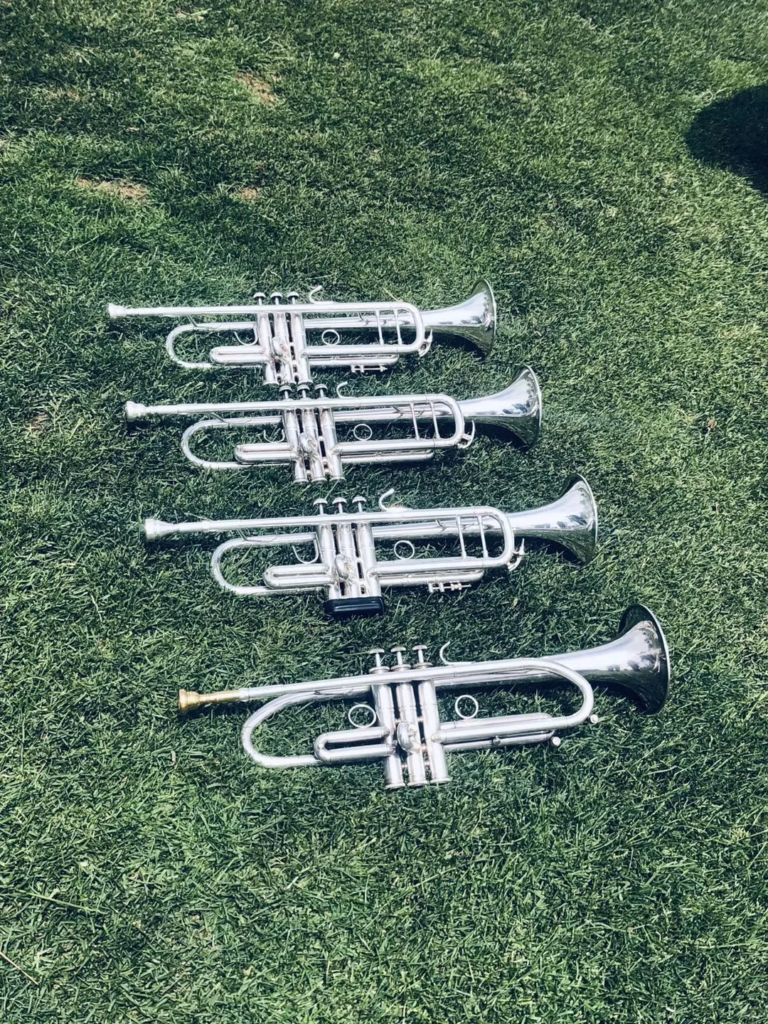
Conclusion: The Timeless Journey of Trumpet Mastery
The trumpet’s journey from ancient battlefields to modern concert halls is a testament to its enduring allure and versatility. Whether it’s the rich history that fascinates you, the thrill of choosing your first instrument, mastering the fundamental techniques, or the art of maintaining its brilliance, the trumpet offers a world of exploration and achievement. It challenges us to breathe life into music, connecting with audiences and musicians through its powerful voice.
Embrace the discipline of practice, the joy of progress, and the satisfaction of keeping your instrument in top condition. Let the trumpet be your companion in the endless pursuit of musical excellence.
Are you ready to let the trumpet lead you on a musical adventure that transcends time and genre?

